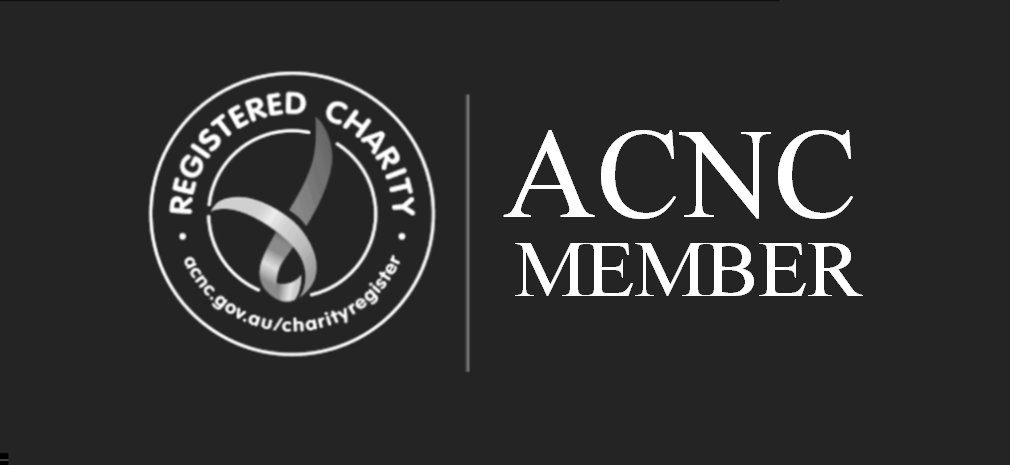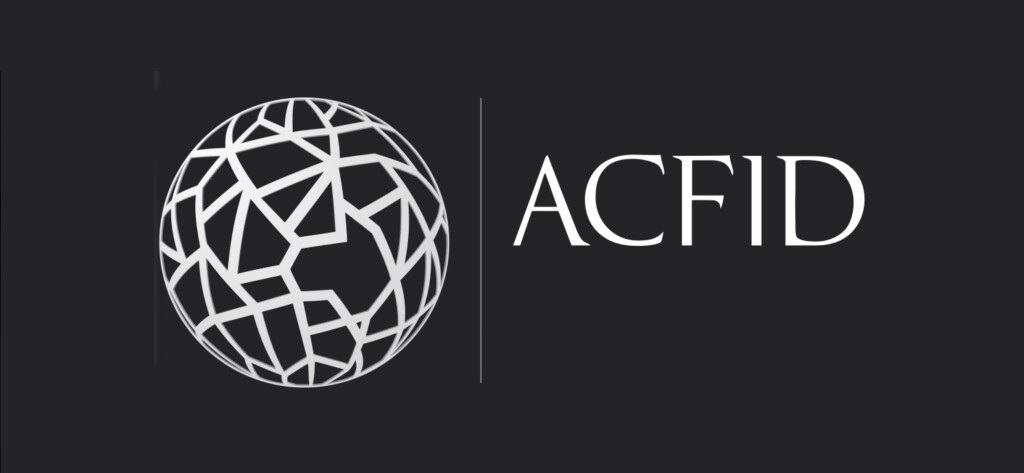Commitment 1.4 We advance the safeguarding of children
Compliance Indicators
Compliance with the Commitments will be assessed against the following Compliance Indicators. All of the applicable Compliance Indicators must be met by every ACFID Member to be considered compliant with the Code. Each of the Compliance Indicators has one or more compliance Verifiers. Verifiers are the description of evidence that is required to substantiate compliance with each Compliance Indicator. Guidance is also provided.
1.4.1 Members demonstrate their organisational commitment to the safeguarding of children.
Verifier
Members are required to extend this compliance indicator and verifiers to partners through MOUs or similar.
Policy document applicable to all governing body Members, staff, volunteers and visitors to projects, that commits the Member to:
Guidance
Refer to ACFID’s guidelines for developing a Child Protection Policy in the Resources Section below.
Members receiving funding from DFAT should also consider the requirements of DFAT’s Child Protection Policy, as provided below.
1.4.2 Members have a code of conduct that advances child safeguarding behaviours and applies to all personnel, partners and project visitors.
Verifier
Members are required to extend this compliance indicator and verifiers to partners through MOUs or similar.
All Members must have a documented code of conduct or behaviour in place that covers the following with regard to child safeguarding:
- Appropriate language.
- Appropriate communications.
- Banning of alcohol and drugs.
- Gifts to children.
- Physical contact with children.
- Banning of sexual relations with children.
- Child labour.
- Photos and images.
- Reporting responsibilities.
The code of conduct must be signed by relevant staff, volunteers, partners and project visitors.
Guidance
There is an example of a Code of Conduct within ACFID’s guidelines for developing a Child Protection Policy, which can be downloaded in the Resources Section below.
1.4.3 Members have a documented child safeguarding incident reporting procedure and complaints handling procedure that aligns with principles of privacy and promotes safety and dignity.
Verifier
Members are required to extend this compliance indicator and verifiers to partners through MOUs or similar.
All Members must have a documented child safeguarding incident reporting procedure and child friendly/accessible complaints handling process in place that must reflect the following principles:
- Consistency with relevant legislation, including compliance with mandatory reporting responsibilities.
- Protection of all parties involved in the complaint of concern.
- Confidentiality (as distinct from secrecy).
- Expedient reporting.
- Truthfulness.
- Fairness.
- Professionalism.
- Appointment of a child protection incident reporting focal person.
Guidance
There is an example procedure for the reporting and management of child abuse concerns within ACFID’s guidelines for developing a Child Protection Policy, which can be downloaded in the Resources Section below.
Good Practice Indicators
The following Good Practice Indicators describe a higher standard of practice than that set out in the Compliance Indicators. While Members do not need to meet the Good Practice Indicators to be considered compliant with the Code, they will self-assess against these indicators once every three years. This provides a clear pathway for Members to strengthen and improve practice over time.
- A child safeguarding focal person is in place who is responsible for child safeguarding systems.
- Introductory, refresher and role-specific child safeguarding training is provided to governing body, staff, volunteers, project visitors and partners.
- Implementation of and compliance with Child Safeguarding Policy is periodically reported to the governing body.
- Child safeguarding policies and practices are adapted to local contexts in collaboration with local stakeholders.
- Commitment to child safeguarding is promoted to the public and external stakeholders.
GUIDANCE AND RESOURCES
Good Practice Guidance
Here are some practical suggestions for your organisation to further deepen and improve practice over time.
Organisational
- Create your own Child Safeguarding Policy and Code of Conduct and support local implementing partners to do the same.
- Report to your governing body on your actions to safeguard children
- Designate a Child Protection Officer (or team) to be responsible for promoting child safeguarding throughout your organisation, coordinating staff training, monitoring your compliance to relevant internal and external policies, and coordinating policy reviews and to serve as the central contact point for both internal and external queries about child protection issues
- Educate staff and other stakeholders about how to reduce risk and ensure organisational activities safeguard children
- Develop communication guidelines that address child safeguarding, particularly with respect to the use of children’s images and personal information
- Establish clear reporting procedures on child protection to report suspected or known instances of abuse to relevant authorities. These should include clear guidance on internal and external reporting requirements for your organisation in Australia and in field offices.
- Report suspected or known instances of child abuse to relevant authorities.
- Ensure the ‘best interests of the child’ principle is central to risk assessment, management and responses to child safeguarding concerns.
- If your organisation receives Australian aid program funding, ensure you are fully aware of and compliant with the DFAT Child Protection Policy 2017 and associated Guidance Notes.
Recruitment
- To protect children, organisations must have appropriate recruitment procedures that are effectively applied in order to prevent people who may pose a risk to children from gaining employment, prevent them from targeting organisations that have weak or inconsistently applied procedures, and minimise the risk of child abuse being committed by a member of staff, volunteer or consultant.
- To ensure your recruitment procedures safeguard children, you can:
- Promote a commitment to child safety on your website, in promotional materials and in all job advertisements
- Assess all positions for the level for risk in relation to contact with children. Applicants to positions working directly with children should possess relevant qualifications and experience in working with children, and be subject to the highest level of screening.
- Confirm the identity and work history of applicants
- Require a minimum of two verbal reference checks for all preferred candidates. For positions working directly with children, reference checks should include questions about the applicant’s suitability to work with children.
- Ask specific questions on that explore child safeguarding decision making during the interview
- Check appropriate professional registers
- Require all appointees to read and sign your Child Safeguarding Code of Conduct
- Check criminal and police records for all your preferred candidates. If staff, volunteers or consultants are Australian residents, use the police check from the Australian Federal Police.
- Where a police check cannot be obtained, undertake all reasonable measures, such as background and reference checks, to ensure the candidate does not pose a risk to children. These candidates should be required to sign an Employment Declaration stating that they have not been convicted of a serious sex offence or child-related personal violence.
Fundraising and volunteering
- Your organisation’s representatives may come into contact with children in a variety of contexts, including through fundraising and volunteering activities. Some examples include:
- Volunteer assignments, such as field visits and work, where volunteers engage directly with individuals, organisations or communities overseas.
- Volunteer speakers in schools.
- Community fundraising events that children attend.
- Children who undertake fundraising activities.
- Supporter visits, where donors have contact with children in community settings.
- Child safeguarding should be included within risk assessments as part of the planning process for all activities involving children, including supporter visits to schools and overseas communities
- Organisations, especially those involved in residential care, should have clear policies around volunteering and donor site visits to ensure organisations are not facilitating orphanage tourism or orphanage volunteering
- Any person who has contact with a child or information about children should be required to sign a Child Safeguarding Code of Conduct
- Children’s personal data, in particular contact details, should be held securely and only accessed by authorised staff
- Fundraising in schools should be undertaken in accordance with appropriate guidance from professional bodies
- Children undertaking fundraising activities should be advised on how to do so safely, both for their own protection and regarding more general health and safety
- Parents, guardians and event or activity organisers should be briefed before the activity
- There should be no unsupervised access to children. A parent, teacher, other member of staff or other adult must also be present.
- Parents, guardians and event or activity organisers should take responsibility for the child engaging in the activity
Partners
- Recognise that your organisation will most likely work with partners who have direct contact with children in their work.
- Recognise that the notion of child protection is understood in different ways in different cultures and contexts.
- Undertake extensive discussion, training and collaboration with partner organisations to support them to develop their own child safeguarding policies and procedures that are appropriate to the context and nature of their work and which meet the requirements of this Code.
- In settings where child protection and risks are not well understood or socialised, consider investing more substantially in working with partners and other duty bearers to increase awareness and knowledge.
- Provide partners with your organisation’s child protection policy and code of conduct
- Ensure reference is made to the risks associated with child protection in all partnership agreements or equivalent documents.
Programs
- Undertake risk assessments of perceived and potential risks to children in all programs and initiatives. DFAT’s Child Protection Risk Assessment Guidance is provided in the resources section below.
- Integrate child safeguarding into your project cycle management guidelines and tools such as progress and monitoring report templates to ensure child safeguarding issues are considered at each stage of the project cycle.
- Consider how to strengthen protective factors and minimise risk factors for children when designing and implementing activities.
- Establish review mechanisms that minimise the possibility of program activities exposing children to greater risk.
- If undertaking humanitarian responses, provide information and training for staff and partners on the Minimum Standards for Child Protection in Humanitarian Action and establish mechanisms to monitor compliance.
- Provide opportunities for children to share their views, experiences and ideas to inform and set the direction for your initiatives and projects.
- Provide opportunities for children to provide both positive and negative feedback on the outcomes of projects on their lives.
Resources
DAISI’s Commitment to Principle 1.4 We advance the safeguarding of children
One of DAISI’s top priorities is the care and protection of children.
DAISI has Child Protection policies and protocols in place to protect children against harm and exploitation. We absolutely abhor and condemn all forms of child exploitation with a zero-tolerance for any form of violence against children..
DAISI is compliant with the mandatory reporting requirements of the Australian Government, reporting any alleged child protection breaches to the Australian Government.
DAISI has policies and practices in place to protect our local partners and recipients of aid. All DAISI staff and volunteers must obtain a Working With Children Check (WWCC), and National Police Records Check before volunteering with DAISI.
DAISI has a Child Protection Officer who has extensive experience in family law, and child protection related matters. She is the contact person for any allegations or complaints of possible child abuse or exploitation.
DAISI has a comprehensive CHILD AND VULNERABLE ADULT SAFETY PROTECTION POLICY that covers all DAISI’s policies and procedural protocols aimed a preventing child abuse and exploitation.
It is mandatory that all DAISI volunteers and staff read and be signatories to this policy and all DAISI recruiters be aware of this. Breach of the CHILD AND VULNERABLE ADULT SAFETY PROCTECTION policy directives by any DAISI member will result in immediate dismissal, and investigations, and if necessary or warranted, legal action against those in breach.
All DAISI affiliates and partner organisations must have a similar policy or adopt our policy on Child and Vulnerable Adult Protection as part of our Memorandum of Understanding (MoU): a prerequisite to DAISI working with them.


